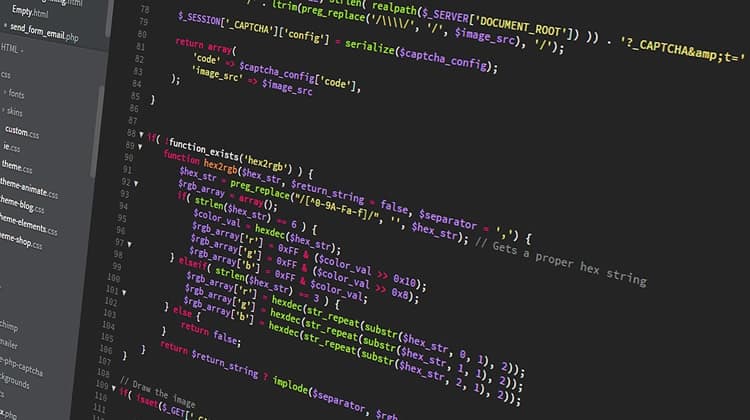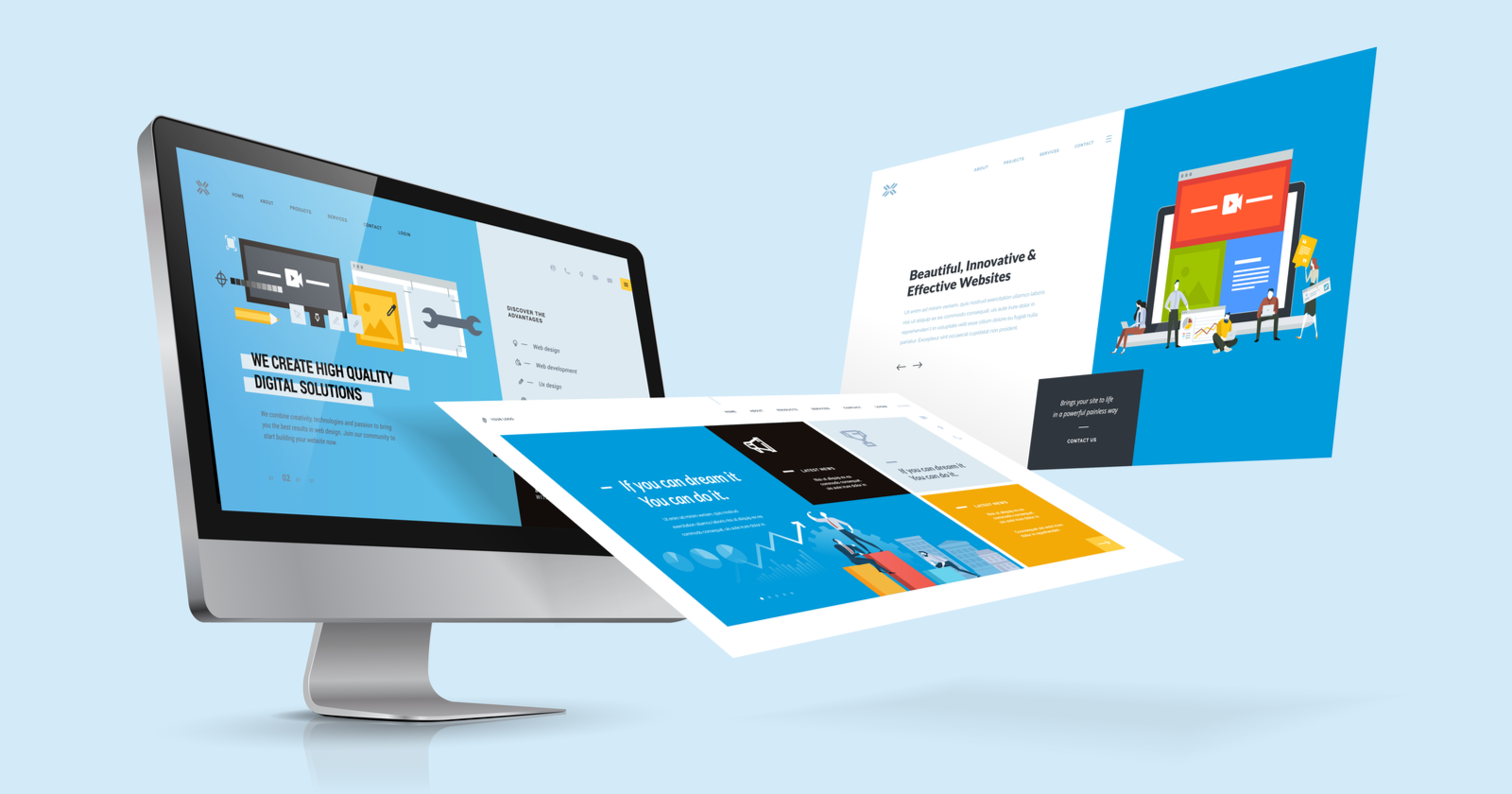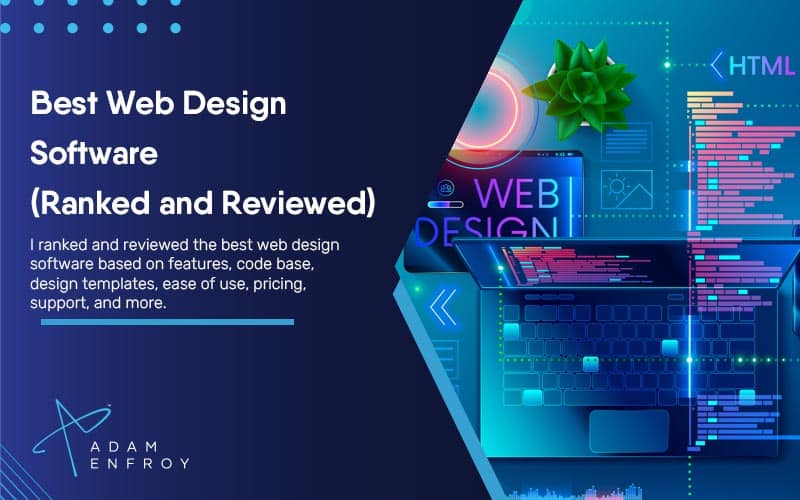All Categories
Featured
Table of Contents
- – Web Developers And Digital Designers - Bureau ...
- – Basics Of Web Development & Coding Specializa...
- – What Is Web Design? - Interaction Design Foun...
- – Web Design Software By Xara Tips and Tricks:
- – Redtree Web Design - Pittsburgh Tips and Tric...
- – Web Design And Engineering Major - Santa Clar...
- – Mrw Web Design - Wordpress Websites For Nonp...
- – Html Responsive Web Design - W3schools Tips ...
- – What Is Web Design, How To Do It Right And B...
- – Ciw Web Design Series Tips and Tricks:
- – Learn Responsive Design - Web.dev Tips and T...
Web Developers And Digital Designers - Bureau Of Labor ... Tips and Tricks:
Quick summary Functionality and the utility, not the visual design, determine the success or failure of a website. Since the visitor of the page is the only individual who clicks the mouse and for that reason decides everything, user-centric style has actually developed as a basic approach for effective and profit-oriented website design - web design frederick md.
and the utility, not the visual style, identify the success or failure of a website. Since the visitor of the page is the only person who clicks the mouse and therefore decides whatever, user-centric style has actually ended up being a basic approach for effective and profit-oriented website design. If users can't utilize a function, it might as well not exist.
g. where the search box should be put) as it has actually currently been carried out in a number of articles; instead we concentrate on the approaches which, used correctly, can lead to more advanced style choices and simplify the procedure of viewing provided details. Please notice that you may be interested in the usability-related short articles we have actually released prior to: Concepts Of Excellent Website Design And Efficient Website Design Guidelines, In order to use the principles effectively we initially need to understand how users engage with sites, how they believe and what are the fundamental patterns of users' behavior.
Basics Of Web Development & Coding Specialization - Coursera Tips and Tricks:
Visitors look at each new page, scan a few of the text, and click on the very first link that captures their interest or slightly looks like the important things they're trying to find. In reality, there are large parts of the page they do not even take a look at. Most users look for something fascinating (or useful) and clickable; as quickly as some promising candidates are discovered, users click.
If a page offers users with top quality content, they are ready to compromise the content with advertisements and the design of the website. This is the factor why not-that-well-designed sites with top quality material acquire a great deal of traffic over years. Material is more vital than the style which supports it.

Users do not read, they scan. Notice how "hot" locations abrupt in the middle of sentences. This is typical for the scanning procedure. Very simple concept: If a website isn't able to fulfill users' expectations, then designer failed to get his job done correctly and the business loses money. The higher is the cognitive load and the less user-friendly is the navigation, the more ready are users to leave the site and look for alternatives.
What Is Web Design? - Interaction Design Foundation (Ixdf) Tips and Tricks:
Neither do they scan web page in a linear style, going sequentially from one site area to another one. Instead users satisfice; they pick the first affordable option. As quickly as they discover a link that looks like it might lead to the goal, there is a very great chance that it will be instantly clicked.
It does not matter to us if we comprehend how things work, as long as we can utilize them. If your audience is going to act like you're designing billboard, then style great billboards." Users desire to be able to control their internet browser and count on the constant data presentation throughout the website.
If the navigation and site architecture aren't user-friendly, the number of concern marks grows and makes it harder for users to understand how the system works and how to receive from point A to point B. A clear structure, moderate visual hints and easily recognizable links can help users to discover their course to their goal.
Web Design Software By Xara Tips and Tricks:

claims to be "beyond channels, beyond products, beyond circulation". What does it indicate? Because users tend to check out websites according to the "F"-pattern, these 3 statements would be the very first aspects users will see on the page once it is filled. Although the style itself is easy and instinctive, to understand what the page has to do with the user requires to look for the response.
Once you have actually achieved this, you can interact why the system is useful and how users can benefit from it. Do Not Squander Users' Patience, In every project when you are going to use your visitors some service or tool, try to keep your user requirements minimal.
Novice visitors are ready to, not filling long web kinds for an account they may never utilize in the future. Let users check out the website and discover your services without forcing them into sharing private information. It's not sensible to require users to get in an email address to evaluate the function.
Redtree Web Design - Pittsburgh Tips and Tricks:
And that's what you desire your users to feel on your web site. The registration can be done in less than 30 seconds as the form has horizontal orientation, the user does not even need to scroll the page.
A user registration alone is sufficient of an impediment to user navigation to minimize inbound traffic. 3. Handle To Focus Users' Attention, As sites offer both static and dynamic content, some aspects of the interface bring in attention more than others do. Undoubtedly, images are more attractive than the text just as the sentences marked as bold are more attractive than plain text.
Focusing users' attention to specific locations of the site with a moderate use of visual components can help your visitors to get from point A to point B without thinking of how it really is supposed to be done. The less concern marks visitors have, the they have and the more trust they can establish towards the business the site represents.
Web Design And Engineering Major - Santa Clara University Tips and Tricks:
Make Every Effort For Feature Direct exposure, Modern web styles are normally slammed due to their technique of directing users with visually appealing 1-2-3-done-steps, large buttons with visual results and so on. From the style viewpoint these aspects actually aren't a bad thing.
The site has 9 main navigation choices which are visible at the very first look. What matters is that the material is well-understood and visitors feel comfy with the method they communicate with the system.
Rather a rate: just what visitors are looking for. An optimal option for efficient writing is touse brief and succinct expressions (come to the point as rapidly as possible), usage scannable layout (categorize the material, use numerous heading levels, use visual aspects and bulleted lists which break the circulation of consistent text blocks), usage plain and unbiased language (a promo does not require to sound like ad; give your users some sensible and unbiased reason why they need to utilize your service or remain on your site)6.
Mrw Web Design - Wordpress Websites For Nonprofits ... Tips and Tricks:
Users are hardly ever on a website to enjoy the design; additionally, most of the times they are searching for the details regardless of the design - web design frederick md. Pursue simpleness rather of complexity. From the visitors' point of view, the finest website style is a pure text, with no advertisements or more content blocks matching exactly the question visitors used or the content they've been trying to find.
Finch plainly presents the information about the site and provides visitors a choice of choices without overcrowding them with unneeded material. 7. Don't Hesitate Of The White Space, Actually it's actually hard to overstate the importance of white space. Not only does it help to for the visitors, however it makes it possible to perceive the information provided on the screen.
Complex structures are more difficult to check out, scan, evaluate and work with. If you have the option between separating 2 style segments by a noticeable line or by some whitespace, it's usually much better to utilize the whitespace service. (Simon's Law): the much better you manage to provide users with a sense of visual hierarchy, the easier your content will be to perceive.
Html Responsive Web Design - W3schools Tips and Tricks:
The exact same conventions and guidelines need to be used to all elements.: do the most with the least amount of hints and visual components. 4 major points to be considered: simplicity, clarity, diversity, and focus. Simpleness includes only the components that are crucial for interaction. Clearness: all elements should be created so their significance is not uncertain.
Conventions Are Our Pals, Traditional style of website aspects does not lead to an uninteresting website. In fact, as they minimize the discovering curve, the requirement to figure out how things work. For example, it would be a functionality nightmare if all websites had various visual presentation of RSS-feeds. That's not that different from our regular life where we tend to get utilized to standard principles of how we arrange data (folders) or do shopping (positioning of products).
understand what they're getting out of a site navigation, text structure, search positioning etc. A case in point from use sessions is to equate the page in Japanese (presuming your web users don't understand Japanese, e. g. with Babelfish) and provide your usability testers with a task to find something in the page of different language.
What Is Web Design, How To Do It Right And Best Skills - Rock ... Tips and Tricks:
Test Early, Test Frequently, This so-called TETO-principle needs to be applied to every web style job as use tests often supply into considerable problems and issues related to a provided design. Test not too late, not too little and not for the incorrect factors.
Some essential indicate keep in mind: according to Steve Krug, and testing one user early in the project is much better than testing 50 near completion. Accoring to Boehm's first law, errors are most frequent during requirements and design activities and are the more expensive the later on they are gotten rid of.
That suggests that you develop something, test it, repair it and then evaluate it again. There might be problems which haven't been discovered throughout the very first round as users were virtually obstructed by other issues.
Ciw Web Design Series Tips and Tricks:

This holds for designers. After you have actually worked on a website for couple of weeks, you can't observe it from a fresh viewpoint anymore. You understand how it is built and therefore you know precisely how it works you have the wisdom independent testers and visitors of your website wouldn't have.
It can be connected to other areas such as graphic design, user experience, and multimedia arts, but is more appropriately seen from a technological viewpoint. It has actually become a big part of individuals's everyday lives. It is hard to imagine the Internet without animated graphics, different designs of typography, background, videos and music.

During 1991 to 1993 the Internet was born. Text-only pages might be seen utilizing a simple line-mode internet browser. In 1993 Marc Andreessen and Eric Bina, developed the Mosaic web browser. At the time there were several web browsers, nevertheless the bulk of them were Unix-based and naturally text heavy. There had been no integrated technique to graphic design components such as images or noises.
Learn Responsive Design - Web.dev Tips and Tricks:
The W3C was created in October 1994 to "lead the Internet to its full potential by establishing common procedures that promote its evolution and ensure its interoperability." This prevented any one business from monopolizing a propriety web browser and programs language, which might have altered the impact of the Web as a whole.
As this has actually happened the technology of the web has actually likewise moved on. There have actually likewise been substantial modifications in the method people use and access the web, and this has actually changed how sites are designed.
Learn more about Lovell Media Group LLC or TrainACETable of Contents
- – Web Developers And Digital Designers - Bureau ...
- – Basics Of Web Development & Coding Specializa...
- – What Is Web Design? - Interaction Design Foun...
- – Web Design Software By Xara Tips and Tricks:
- – Redtree Web Design - Pittsburgh Tips and Tric...
- – Web Design And Engineering Major - Santa Clar...
- – Mrw Web Design - Wordpress Websites For Nonp...
- – Html Responsive Web Design - W3schools Tips ...
- – What Is Web Design, How To Do It Right And B...
- – Ciw Web Design Series Tips and Tricks:
- – Learn Responsive Design - Web.dev Tips and T...
Latest Posts
Beginner's Guide: How To Learn Web Design At Home - Medium Tips and Tricks:
Web Design Definition - Techterms Tips and Tricks:
Penner Home - Durham Web Design - Penner Web Design ... Tips and Tricks:
More
Latest Posts
Beginner's Guide: How To Learn Web Design At Home - Medium Tips and Tricks:
Web Design Definition - Techterms Tips and Tricks:
Penner Home - Durham Web Design - Penner Web Design ... Tips and Tricks: